.png)
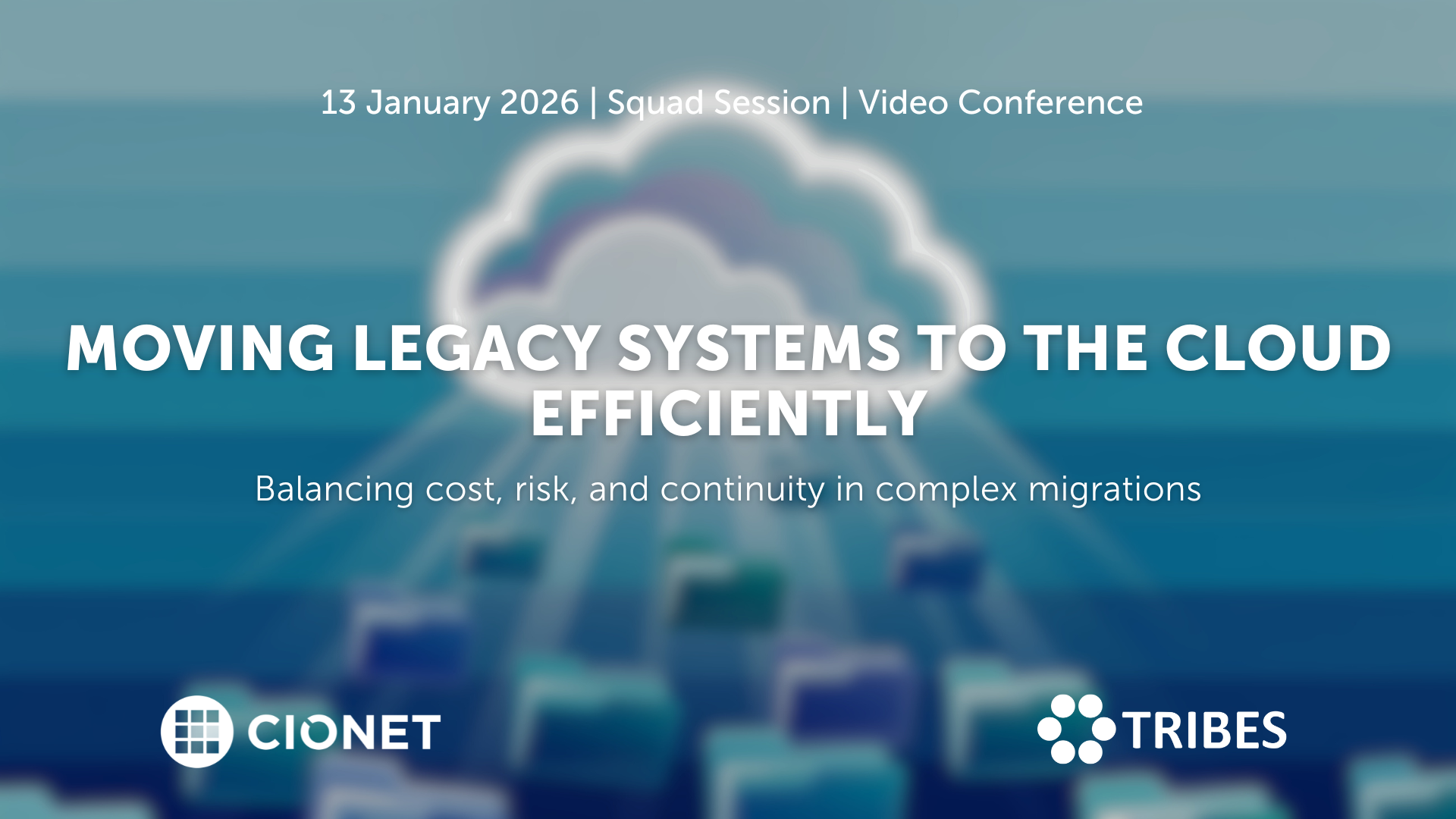
Belgium 13-1-26 Squad Only Virtual english
Migrating legacy systems to the cloud remains one of the toughest balancing acts in IT. Every choice affects stability, cost, and trust at once, and what starts as a modernisation effort quickly turns into a negotiation between ambition and reality. Suddenly budgets rise, dependencies appear late, and timelines tighten as old architectures collide with new expectations. In the end, success depends on sequencing, ownership, and aligning business priorities with infrastructure limits, and not only on technical readiness. Making it work requires more than a plan on paper. Knowing which systems genuinely belong in the cloud, which can wait, and which should stay put shapes the entire roadmap and defines its success. Each refactoring decision sets the level of future flexibility, but it also drives cost and risk. The trade-offs between speed, sustainability, and resilience only become clear once migration begins and pressure builds. Let’s discuss how to plan migrations that stay on track, manage hidden dependencies, and handle downtime with confidence. Let’s also discuss how governance, testing, and vendor coordination keep progress visible and credible. Are you in? A closed conversation for those who turn cloud migration from a disruption into a long-term advantage.
Read More.png)
Belgium 20-1-26 All Members Physical english
CIOs today are being judged less as technology leaders and more as portfolio managers. Every euro is under scrutiny. Boards and CFOs demand lower run costs, higher efficiency, and clear ROI from every digital initiative. Yet, they also expect CIOs to place bets on disruptive technologies that will keep the enterprise competitive in five years. This constant tension is redefining the role. In this session, we go beyond FinOps and cost reporting to tackle the strategic financial dilemmas CIOs face.
Read More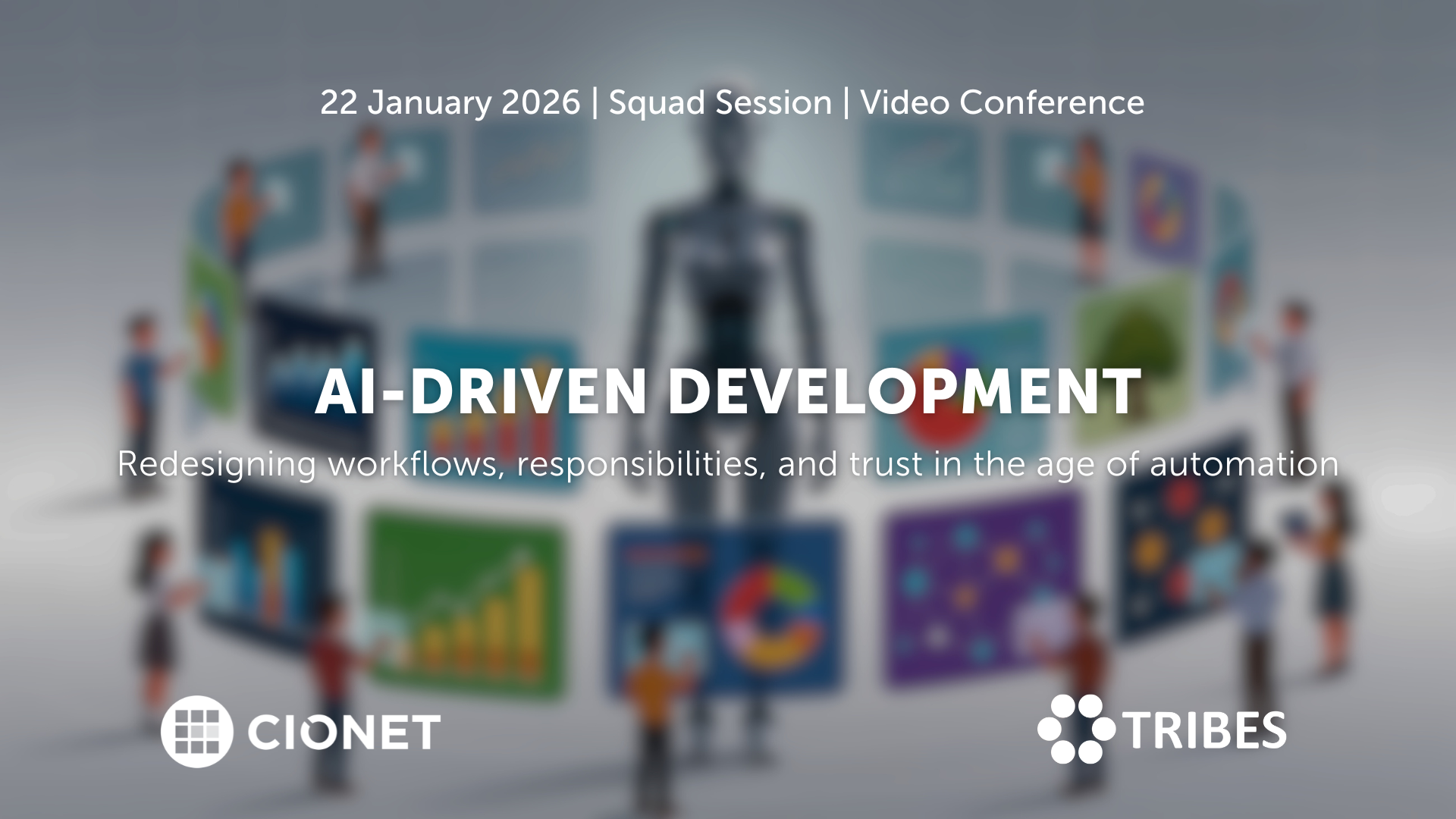
Belgium 22-1-26 Invitation Only Virtual english
AI coding assistants entered development teams quietly, but their impact grows by the day. What started as autocomplete now shapes architecture decisions, documentation, and testing. And when productivity gains are visible, so are new risks: security blind spots, uneven quality, and the slow erosion of shared standards. Teams move faster, but not always in the same direction. The challenge has become integration rather than adoption. And new questions have risen: how do you blend automation into established practices without losing oversight? When is human review still essential, and what should the rules of collaboration between developer and machine look like? As AI tools learn from proprietary code, where do responsibility and accountability sit? Let’s talk about how to redefine those workflows, balancing creativity with control, and protecting code quality in a hybrid human-AI environment. A closed conversation on where AI accelerates progress, where it introduces new debt, and how development culture must evolve to stay credible.
Read More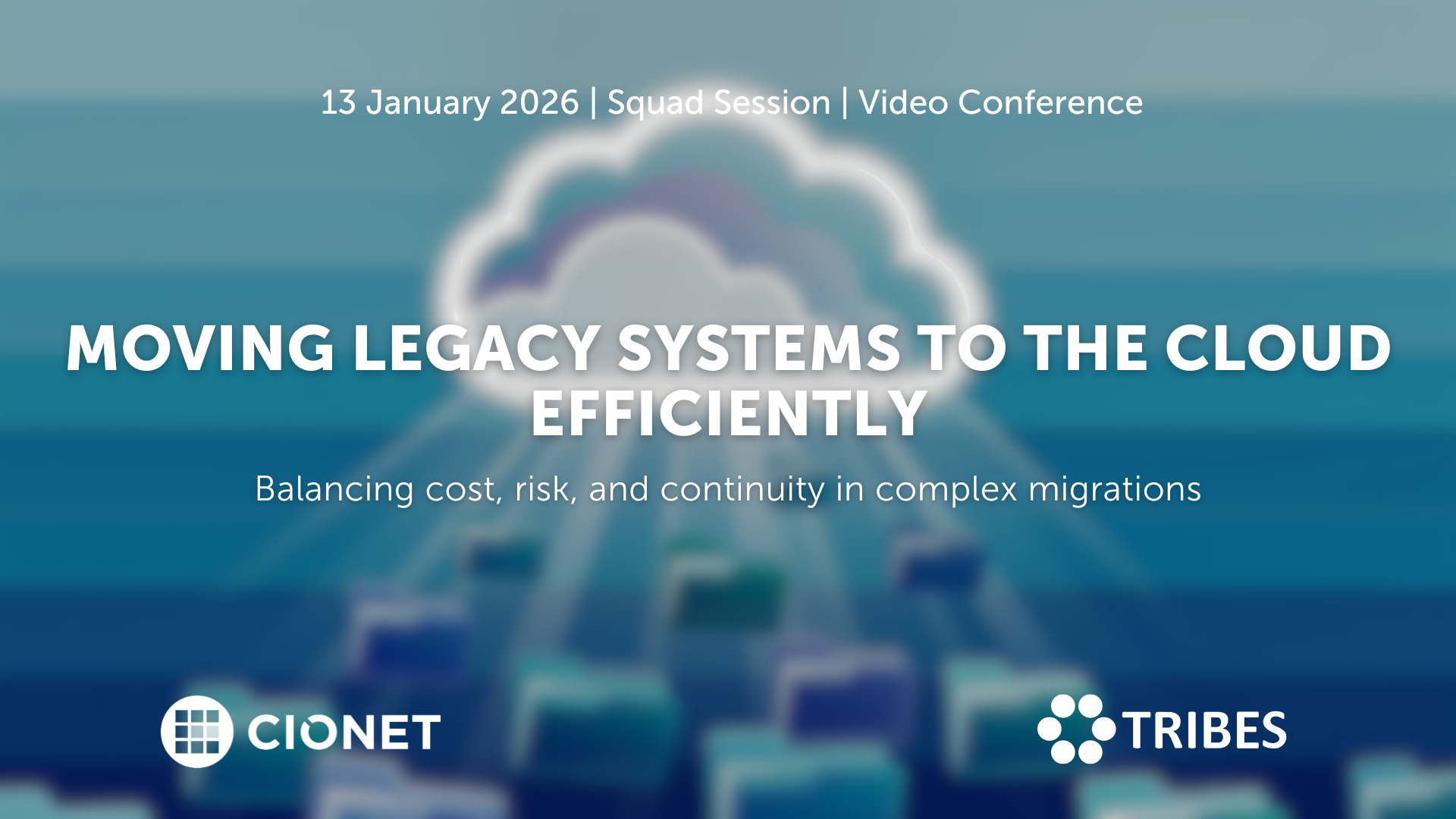
January 13, 2026 Squad Session Invitation Only Virtual english
Migrating legacy systems to the cloud remains one of the toughest balancing acts in IT. Every choice affects stability, cost, and trust at once, and what starts as a modernisation effort quickly turns into a negotiation between ambition and reality. Suddenly budgets rise, dependencies appear late, and timelines tighten as old architectures collide with new expectations. In the end, success depends on sequencing, ownership, and aligning business priorities with infrastructure limits, and not only on technical readiness. Making it work requires more than a plan on paper. Knowing which systems genuinely belong in the cloud, which can wait, and which should stay put shapes the entire roadmap and defines its success. Each refactoring decision sets the level of future flexibility, but it also drives cost and risk. The trade-offs between speed, sustainability, and resilience only become clear once migration begins and pressure builds. Let’s discuss how to plan migrations that stay on track, manage hidden dependencies, and handle downtime with confidence. Let’s also discuss how governance, testing, and vendor coordination keep progress visible and credible. Are you in? A closed conversation for those who turn cloud migration from a disruption into a long-term advantage.
Read More
January 22, 2026 Squad Session Invitation Only Virtual english
AI coding assistants entered development teams quietly, but their impact grows by the day. What started as autocomplete now shapes architecture decisions, documentation, and testing. And when productivity gains are visible, so are new risks: security blind spots, uneven quality, and the slow erosion of shared standards. Teams move faster, but not always in the same direction. The challenge has become integration rather than adoption. And new questions have risen: how do you blend automation into established practices without losing oversight? When is human review still essential, and what should the rules of collaboration between developer and machine look like? As AI tools learn from proprietary code, where do responsibility and accountability sit? Let’s talk about how to redefine those workflows, balancing creativity with control, and protecting code quality in a hybrid human-AI environment. A closed conversation on where AI accelerates progress, where it introduces new debt, and how development culture must evolve to stay credible.
Read More
January 27, 2026 Squad Session Invitation Only Physical english
Zero Trust sounds simple on paper: trust no one, verify everything. But once you start implementing it, the fun begins. Legacy systems, hybrid networks, and human habits don’t read the manual. The idea is solid; the execution, not so much.
Read More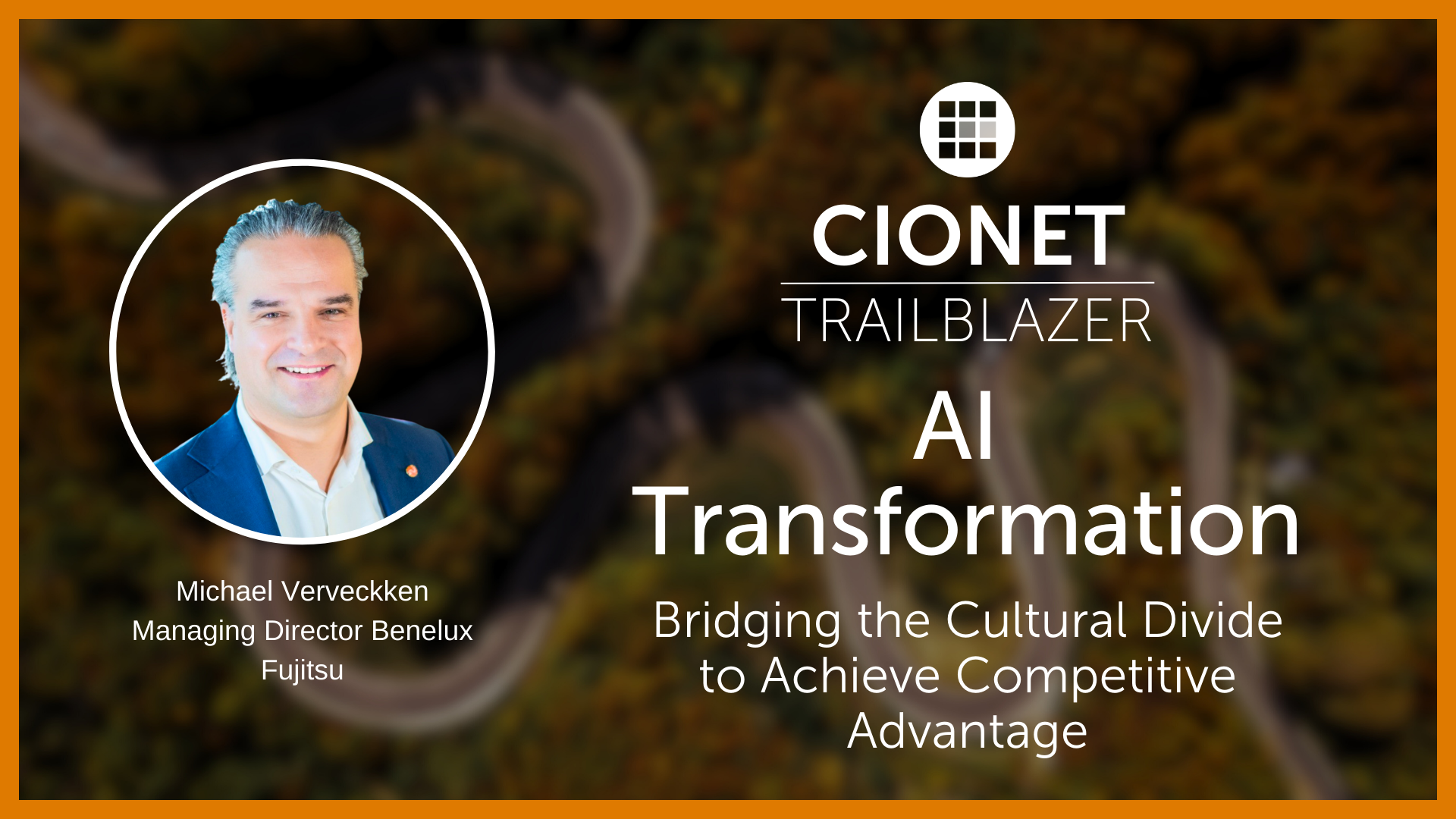
CIONET Trailblazer: AI Transformation: Bridging the Cultural Divide to Achieve Competitive Advantage
Published on: December 17, 2025 @ 9:16 AM
Deutsche Bank democratizes application development with centralized platform
Deutsche Bank has embraced digital transformation by standardizing and streamlining developer access to compute capacity and other application resources to reach markets more quickly. Its new Platform-as-a-Service (PaaS), Fabric, uses microservices and container capabilities of Red Hat OpenShift Container Platform, supported by Red Hat Enterprise Linux and managed using Red Hat Ansible Tower.
Benefits:
Platform complexity restricts efficient development
As a leading financial services provider for private, corporate, and fiduciary clients, Deutsche Bank has embraced the positive trends of digital transformation. By challenging traditional business approaches, the bank sought to enhance digital customer experiences — a goal directly tied to enhancing its developer experience.
“We’re focusing on shortening our development cycles so we can get products in front of our customers more quickly,” said Tom Gilbert, global head of cloud, application, and integration platforms at Deutsche Bank. “A need for greater agility is directing the industry to microservices, containers, and public cloud, and shifting the focus from infrastructure to ideas.”
But restrictive infrastructure specialization made integration difficult and application development slow. Managing thousands of servers and databases hindered growth and adoption of more agile technology. Many operating systems were being used across multiple datacenters.
The bank saw that a new, cloud-based approach was needed to support not only its current business, but also future data needs.
Deutsche Bank also wanted to support a more innovative, DevOps approach to replace its traditional waterfall processes and keep pace with rapid, iterative digital innovation. To gain the scale and flexibility needed, the bank sought to establish a PaaS that would streamline development and management, reduce risk, and support more agile work across all of its business units.
Open source technology supports global application development
To build its strategic as-a-Service platform, Deutsche Bank sought an open source solution. After years of success with Red Hat Enterprise Linux, the bank added Red Hat OpenShift Container Platform and Red Hat Ansible Tower to build Fabric, a containerized, microservices-based application development platform at the bank.
“Red Hat offered the combination of open source with vendor support, patching, and management — all of the things that we need in a regulated business,” said Gilbert. “The shift from virtual machines to containers, and traditional applications to microservices, is a big one. We needed a partner that could help us build our deployment capabilities and train our global developer base so we could get maximum value from our investment.”
Fabric runs on Red Hat Enterprise Linux in several datacenters and in the bank’s Microsoft Azure public cloud environment. Red Hat OpenShift Container Platform provides support for container- and microservices-based development, scaling compute and performance capacity from dedicated servers to cloud resources as needed. Both solutions are deployed and maintained using Red Hat Ansible Tower, a framework that automates and standardizes IT at enterprise scale.
Deutsche Bank’s developers and infrastructure teams worked with Red Hat Consulting to deploy and learn about OpenShift. “We enjoyed working with them. They helped us educate thousands of developers worldwide on how to develop cloud-native applications, and they’ve helped our infrastructure teams get used to this new technology and integrate it into the bank’s platforms,” said Gilbert.
Fabric hosts systems and tools for every application development team at the bank, from the retail group’s application programming interfaces (APIs) to internal HR and employee survey systems. In addition, Fabric offers elastic, on-demand compute to support tasks like daily risk calculations, which require large volumes of resources across data processing, disaster recovery, and acceptance and performance testing.
After two years, the platform is now running more than 3,100 projects in more than 15 environments, with 6,000 active monthly users. Releases every two weeks incorporate customer and user feedback to adjust features and performance.
Its successful creation of a DevOps-ready, container-based, global development platform earned Deutsche Bank a 2019 Red Hat Innovation Award.
Faster resource access speeds service time to market
Fabric offers global, standardized compute and other development resources across infrastructure providers through APIs to help Deutsche Bank’s developers work more efficiently. Developers can create their own container images and make them available in the platform. Instead of 6-9 months, applications now go from proof of concept (POC) to production in 2-3 weeks. Red Hat Ansible Tower automates provisioning, testing, and other routine tasks, saving the company months of engineering work and mitigating risk of errors during upgrades and maintenance.
Agile and DevOps practices simplify collaboration
To support its digital transformation, Deutsche Bank has embraced DevOps and Scaled Agile Framework (SAFe) approaches to developing at scale — supported by the flexibility of Ansible Tower and OpenShift Container Platform.
Integration and scalability are key to expanding these collaborative processes and taking advantage of the best ideas and code. “Instead of a hosted platform, microservices let us use elastic cloud resources to scale on demand,” said Boyle. “With Ansible and OpenShift, whether it’s a management report or a piece of data, once a service exists, we just need to expose it to other functions and applications for it to be reused.”
To keep these collaborative systems secure, Red Hat helps Deutsche Bank deploy the latest patches and updates to protect its Red Hat infrastructure from threats and vulnerabilities.
Containers and cloud help teams do more with less
Streamlining resource access has helped Deutsche Bank optimize its use of datacenter and cloud capacity, saving time, money, and resources.
Dense, container- and microservices-based infrastructure not only requires fewer staff to manage but also less hardware to run than VM-based infrastructure. By adopting cloud compute and running more workloads per physical server, Deutsche Bank anticipates saving millions of euros year over year.
571 Views 1 Likes Read More

Digital Transformation is redefining the future of health care and health delivery. All stakeholders are convinced that these innovations will create value for patients, healthcare practitioners, hospitals, and governments along the patient pathway. The benefits are starting from prevention and awareness to diagnosis, treatment, short- and long-term follow-up, and ultimately survival. But how do you make sure that your working towards an architecturally sound, secure and interoperable health IT ecosystem for your hospital and avoid implementing a hodgepodge of spot solutions? How does your IT department work together with the other stakeholders, such as the doctors and other healthcare practitioners, Life Sciences companies, Tech companies, regulators and your internal governance and administrative bodies?
Read More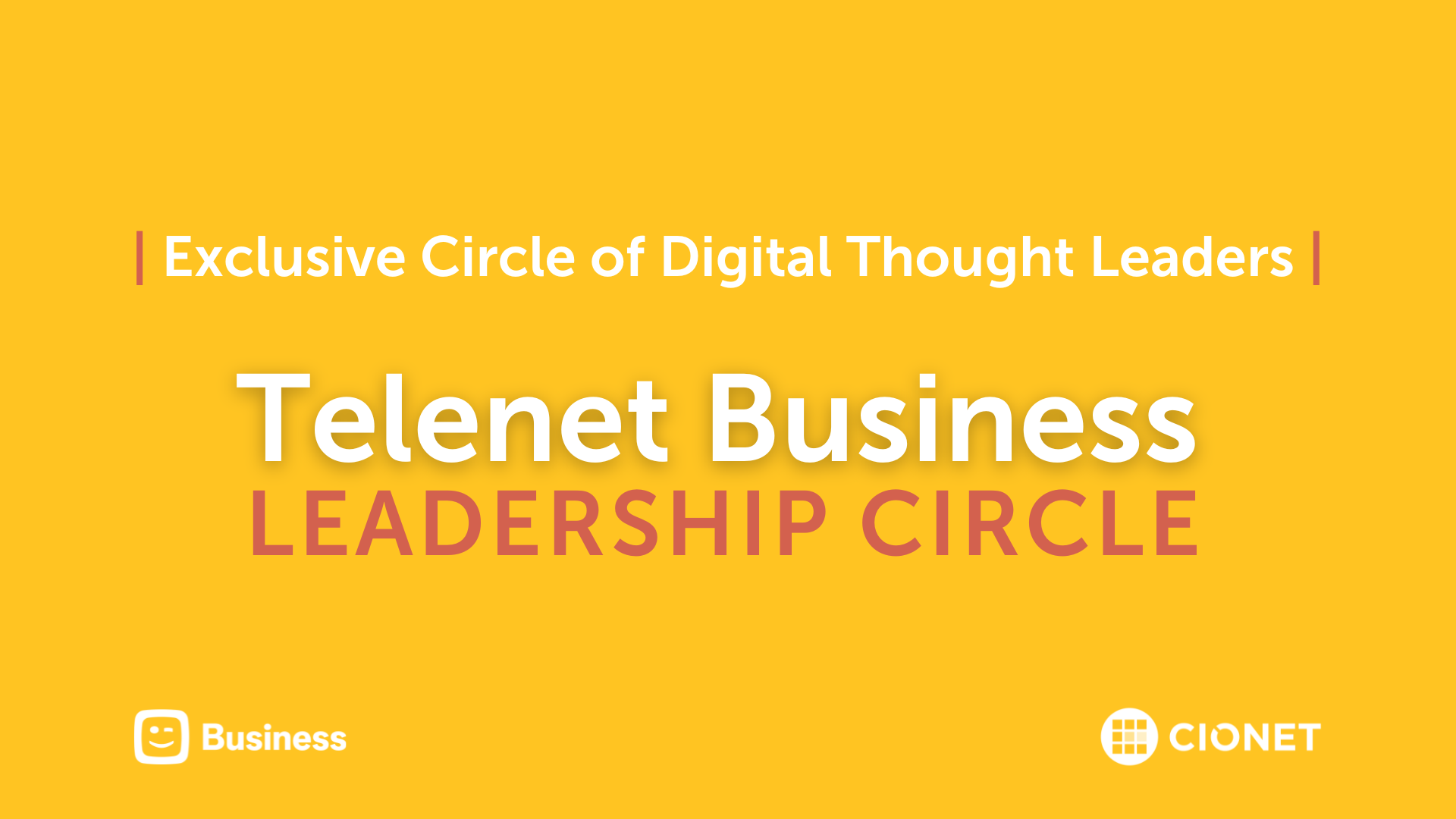
The Telenet Business Leadership Circle powered by CIONET, offers a platform where IT executives and thought leaders can meet to inspire each other and share best practices. We want to be a facilitator who helps you optimise the performance of your IT function and your business by embracing the endless opportunities that digital change brings.
Read More
Découvrez la dynamique du leadership numérique aux Rencontres de CIONET, le programme francophone exclusif de CIONET pour les leaders numériques en Belgique, rendu possible grâce au soutien et à l'engagement de nos partenaires de programme : Deloitte, Denodo et Red Hat. Rejoignez trois événements inspirants par an à Liège, Namur et en Brabant Wallon, où des CIOs et des experts numériques francophones de premier plan partagent leurs perspectives et expériences sur des thèmes d'affaires et de IT actuels. Laissez-vous inspirer et apprenez des meilleurs du secteur lors de sessions captivantes conçues spécialement pour soutenir et enrichir votre rôle en tant que CIO pair. Ne manquez pas cette opportunité de faire partie d'un réseau exceptionnel d'innovateurs numériques !
Read More
CIONET is committed to highlighting and celebrating female role models in IT, Tech & Digital, creating a leadership programme that empowers and elevates women within the tech industry. This initiative is dedicated to showcasing the achievements and successes of leading women, fostering an environment where female role models are recognised, and their contributions can ignite progress and inspire the next generation of women in IT. Our mission is to shine the spotlight a little brighter on female role models in IT, Tech & Digital, and to empower each other through this inner network community.
Read More


-Apr-01-2022-10-58-34-57-AM.png)

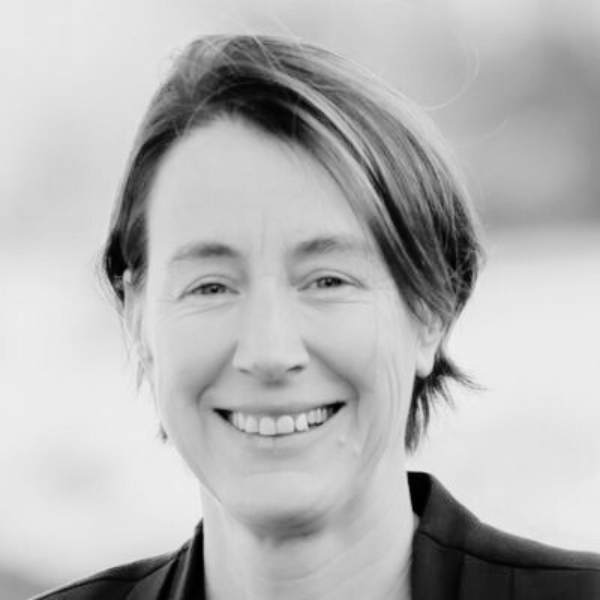


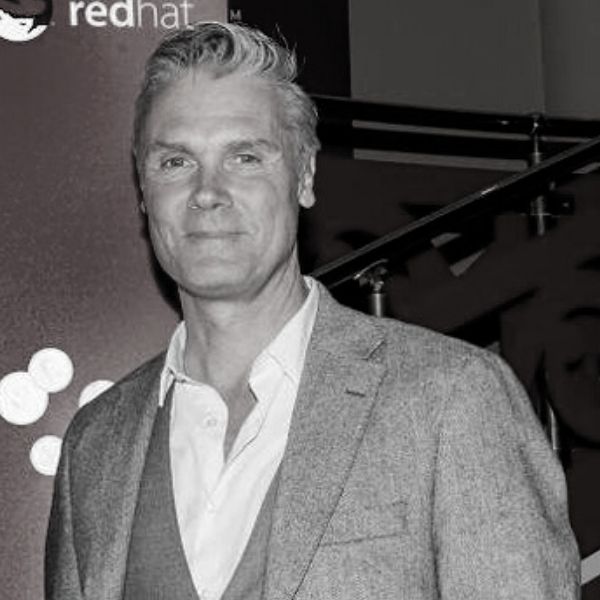




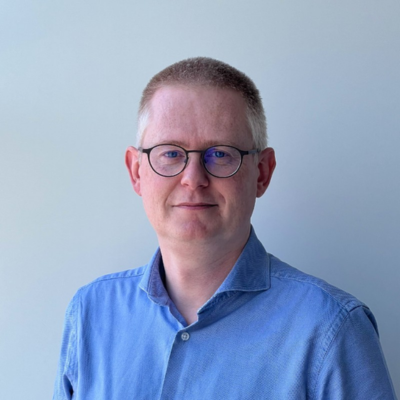

-Dec-13-2023-10-53-15-5032-AM.png)




-Jun-12-2023-01-23-11-7540-PM.png)





-Apr-01-2022-10-58-34-68-AM.png)

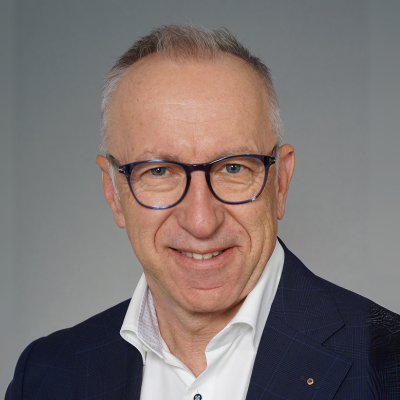

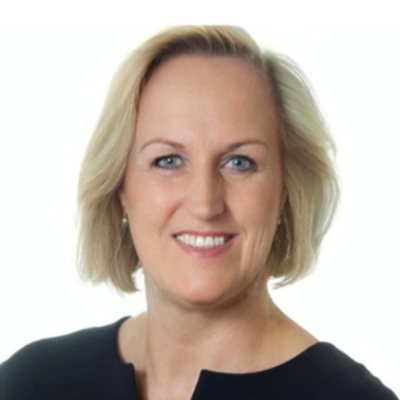






-2.jpg)




-Sep-01-2022-02-47-55-60-PM.png)
-Nov-22-2023-08-56-42-6802-AM.png)
.png)

Would you like to know more about CIONET Belgium, membership or partnership opportunities? Do you have feedback or any other question? Send us a message!
You can either send us a registered handwritten letter explaining why you'd like to become a member or you can simply talk to us right here!